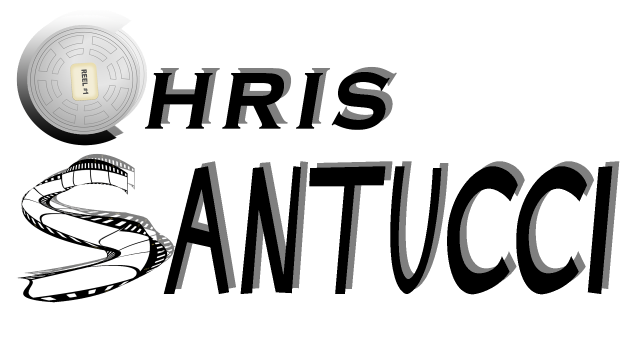I usually don’t care about childish feuds between the Hollywood elite. There other issues to worry about, including whether I should eat one more cracker–and whether it requires another dab of crab dip. But recently The Dark Knight cinematographer Wally Pfister criticized The Avengers, calling the film “appalling” and “they’d shoot from some angle and I’d think ‘Why is the camera there?’ Oh, I see, they spent half a million on a set and want to show it off. It took me completely out of the movie…it was an illogical form of storytelling.” Riddle me this…
Those who know me or read this blog may recall my recent criticisms of Christopher Nolan’s final chapter in his Batman saga. First, it possesses muddled storytelling, strictly from a script perspective. But one thing I initially omitted were the limitations in shot composition. I stayed mum on that subject cause, frankly, most of my readers and friends couldn’t give a shit. But now Pfister has gotten angry (Hulk-style) and criticized another film that, with all it’s faults, bests Batman on one thing: shots!
I’m always been unequivocally a proponent of film over digital. There are benefits to both, but film has an aesthetic that digital has not yet captured. So, in a way, I see Pfister’s point. The Avengers looks wonderful in HD. But it also falls into the trap of looking too clean, too pristine. (For more on the subject, click here…and then here) Captain America sometimes looks cool and at other points the cinematography reveals the pajama like state of the costume design. Nolan’s Batman is shrouded in shadow and natural film grain that injects a “realism” to the film.
However…
Nolan has not been one to use various shots to tell a story–much like Spielberg, Ridley Scott or even (gasp!) George Lucas. His compositions are mainly composed one person or one object, offering the eye little focus look at. His action sequences were always clumsy; his third Batman flick showed improvement, especially his first encounter with Bane, but they hardly rank among the best.
There’s also the fault in Nolan, who aims for IMAX, the largest format out there to size up the screen with loads and loads of information. Yet, whenever his characters engage in conversation or action, he always shoots in medium and close-up. You can see Bruce’s nostril hairs and whatever blacks remain in Morgan Freeman’s scalp.
This is not a bad thing, per se. One of my heroes of film is Sergio Leone, who practically invented the super close-up. He clearly loved faces and filled the screen with one filled with pores, scars, sweat, facial hair. Their expressions told a story. The geometry of their genetic makeup was as intricate as a geography map. With Nolan, he shoots close-ups without purpose. It’s as if to suggest everything that’s being said is the most vital thing you will ever hear. Imagine if Nolan reserved his close-up of Michael Caine until he leaned into Bruce’s ear and muttered “Some men just want to watch the world burn.” It would be even more haunting than what’s presented in the final product.
The Avengers is far from being the best shot film of the year. But is at least one shot I remember. I also remember the “expensive set pieces”. There was the bridge of the S.H.I.E.L.D. ship. It did not distract me with its long-shots nor more-so than, say, Bruce’s hidden layer in The Dark Knight or his underground prison in The Dark Knight Rises.
 |
| In these examples, Wedon provides space to show the distance between the two characters. The closeups are spared for when the two approach each other–enhancing the discomfort and drama. |
 |
| Here we see both characters in the same frame. It offers the viewer a tad more to work with, doncha think? |
Having seen one film far more times than the other, I can recall images of Batman, Bane and (spoiler) Talia during the finale: each in ridiculous closeups, never falling back to any establishing shot. I recall many images of faces. In The Avengers, I remember the camera circling our heroes in the “money shot”, when they have finally “assembled”. I remember the camera drifting from one action sequence to the other, establishing some tepid, but still useful tactical geometry of the large-scale battle. I remember when the camera turns upside down, which, as Joss Whedon explained, confused the cast and crew until they saw the final product. It’s the kind of visual experimentation that’s obvious, but it’s unique and tells the story from a strictly visual standard.
I imagine if we saw Pfister demean his comic-book competition, the camera would slowly zoom in as he unleashed his criticism until only his face filled the frame from brow to chin. If it was shown on an IMAX screen, the impact would so extreme that I may be swayed–or frightened.


